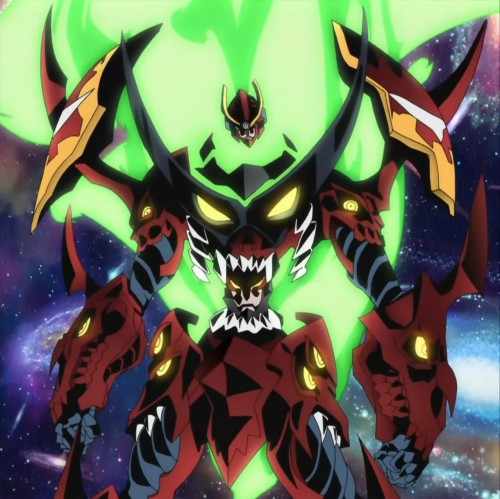Labor Day has always been a time to take a Monday off and
relax, but for thousands of steampunkers, storm troopers and trekkies Labor day
is like second Christmas. Since 1987
Dragon Con has transformed a slice of Atlanta into a hub for science fiction
and fantasy fans. Cosplayers spend hours crafting their costumes in the image
of their favorite characters and drive from across the US to congregate with likeminded
comic readers and basement dwellers.
This
year marks my first trip to the con and the excitement has been bubbling inside
for weeks. Dragon Con has so much to offer for the countless nerd niches that
exist, so being a Doctor who fan that loves League of Legends and Magic the
Gathering means that I will be right at home. Sadly my plans to cosplay as the
engineer from Team Fortress Two fell apart, but I refuse to be defeated. I will
proudly march through the convention halls donning my Finn hat and Captain
America shield as an outward display of my chimeric fandom. My roommate Lawson
will be dressed as Han Solo, Mal
Reynolds, and maybe even a little bit of Angel.
This year and hopefully every subsequent trip to dragon con, I want to
chronicle my adventures in their entirety. I will be tweeting literally
everything that happens this weekend (@GrizzlyIngrams) and hopefully blogging
at the end of each night. The blogs may come late depending on when we leave
the con’s notoriously crazy parties. Now some of you may say, “A bunch of socially
inept, possibly overweight nerds could never have a crazy party!” but think,
when you dressed up as your favorite super hero as a kid didn’t you feel
indestructible? Didn’t you feel the confidence and power of Batman or the Red
Ranger coursing through you? Now imagine if you could fill a room with people
who were surging with not only that confidence, but also hormones and alcohol. The
results, although sometimes gross, can be magical. That my friends is the glory
of the con, a glory I am super excited to be a part of!
So if
you’re going, I’ll see you there. If not, I’ll do my best to paint the picture
for you. I must now mentally prepare myself to see Levar Burton, you can’t disappoint
a picture!












